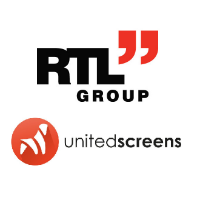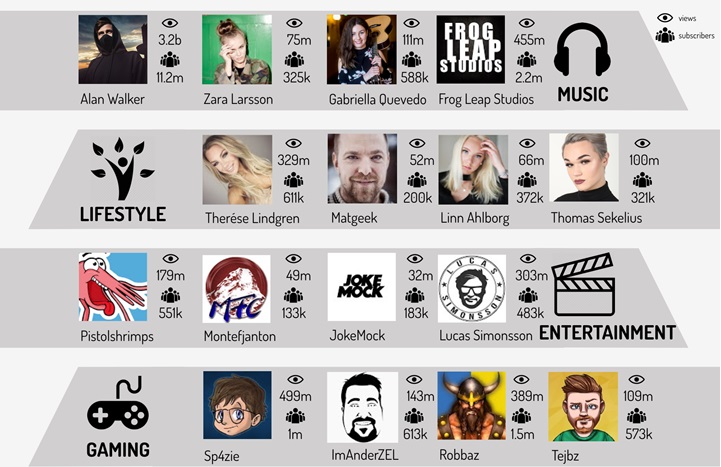 German broadcaster RTL Group announced today it has bought United Screens, a multi-platform network (MPN) founded in 2013, for €12.4 million. United Screens, based in the Nordics, joins an existing portfolio of MPNs owned by RTL, and represents another step in the group’s ‘total video’ strategy whereby the company is diversifying its revenue streams and investing in areas such as video production and ad tech.
German broadcaster RTL Group announced today it has bought United Screens, a multi-platform network (MPN) founded in 2013, for €12.4 million. United Screens, based in the Nordics, joins an existing portfolio of MPNs owned by RTL, and represents another step in the group’s ‘total video’ strategy whereby the company is diversifying its revenue streams and investing in areas such as video production and ad tech.
Multi-platform networks (also referred to as ‘multi-channel networks’, or MCNs) group together popular, marketable creators on platforms like YouTube, enabling marketers to spend in areas like influencer marketing at scale more easily. United Screens claims its partnered channels generate over 500 million views on YouTube each month in areas including music, lifestyle, entertainment and gaming.
RTL Group has already bought up several MPNs including LA-based StyleHaul, Berlin-based Divimove and Vancouver-based BroadbandTV. The company sees MPNs as a way to expand its global audience, saying on a strategy statement that “MPNs offer access to global audiences on a significant scale. Over 80 per cent of RTL Group’s 11 billion monthly video views are generated outside the Group’s core broadcasting territories.”
“This acquisition is another step in accelerating our ‘Total Video’ strategy, as United Screens strengthens our MPN presence in Europe,” RTL Group CEO Bert Habets, who has now become chairman of the board of United Screens, said of the new deal. “With our highly popular creators and leading market positions in each territory, RTL Group is the only European company to offer advertisers pan-European digital video campaigns in premium and brand-safe environments.”
Other broadcasters have also identified MPNs as a route to audience growth, with ProSiebenSat.1, TF1 and Mediset’s joint investment in Studio71 a notable example. Beyond access to new audiences, MPNs allow these traditional broadcasters access to micro and mid-level influencers found on platforms like YouTube, who are cheaper and appeal to different audiences than the likes of sports of film stars.
While micro and mid-level influencer marketing has been around for a while, spending is still on the rise. According to a survey from influencer marketing specialist Linqia, 39 percent of marketers plan to increase their influencer marketing budgets this year. Influencer marketing on YouTube offers potential benefits over other forms of ads, putting a brand’s message in the middle of content audiences are engaging with, and getting around ad-blockers.
But there are risks involved too. The Linqia survey also found that measuring the performance of influencer campaigns was the greatest challenge associated with it; it’s hard to know exactly how much influence these channels have when it comes to driving sales.
Influencers also carry potential brand safety risk, as their content is highly personalised and uncurated. This was demonstrated last week as YouTube influencer Logan Paul, who has partnered with Studio71 in the past though is no longer listed on its website, drew national attention after posting a video in which he filmed a dead body and made comments which many have criticised as making light of suicide.





